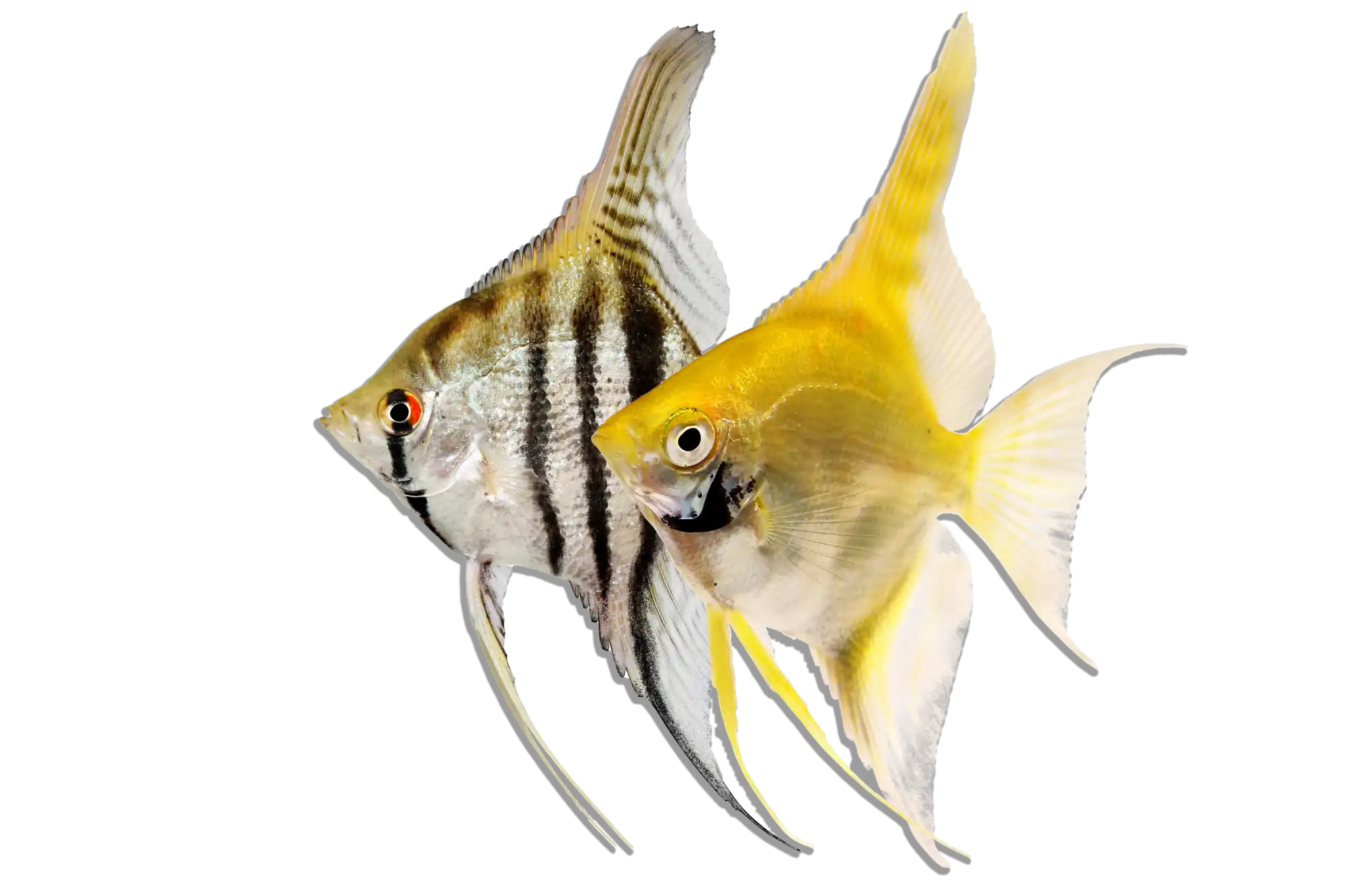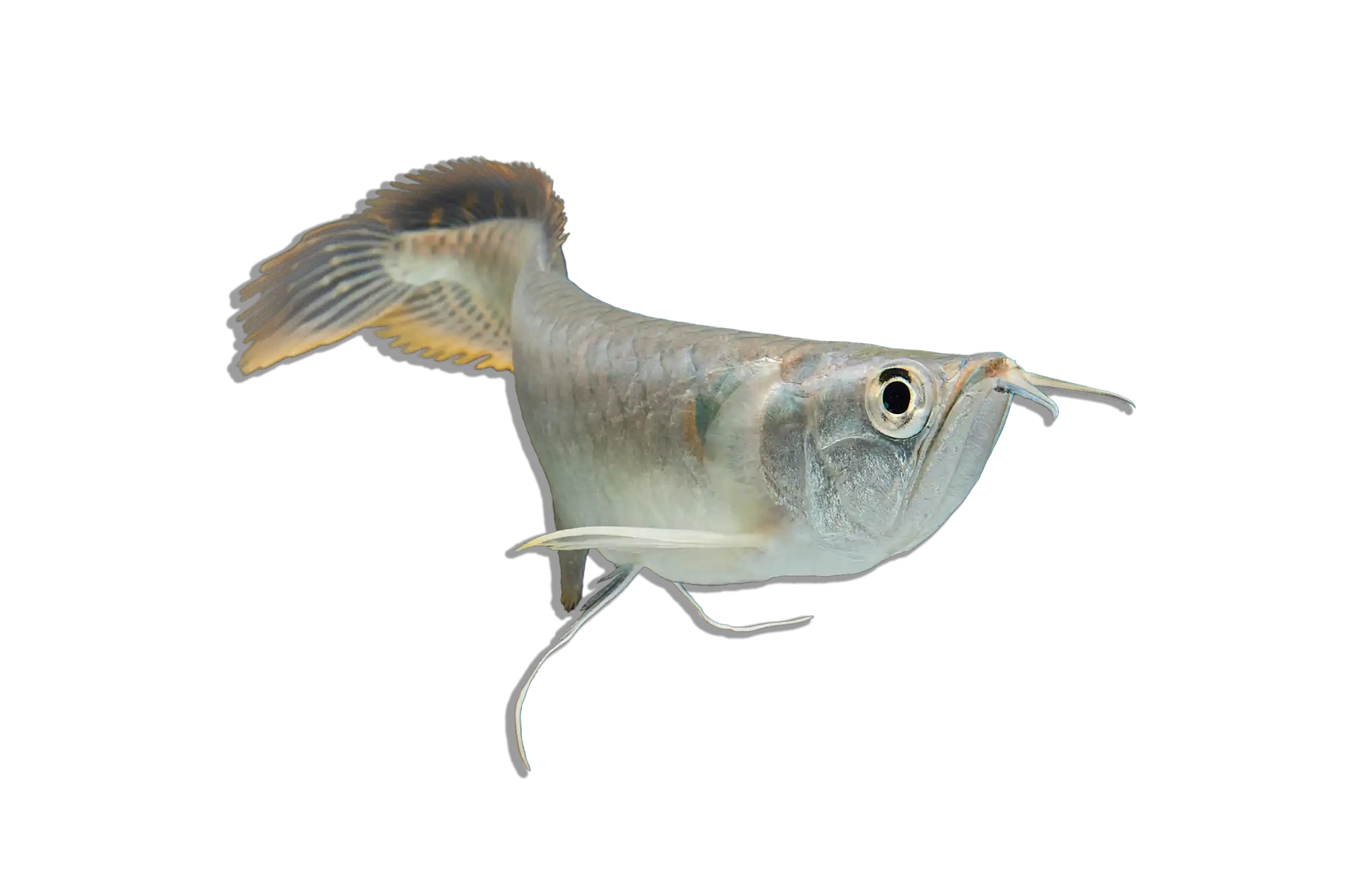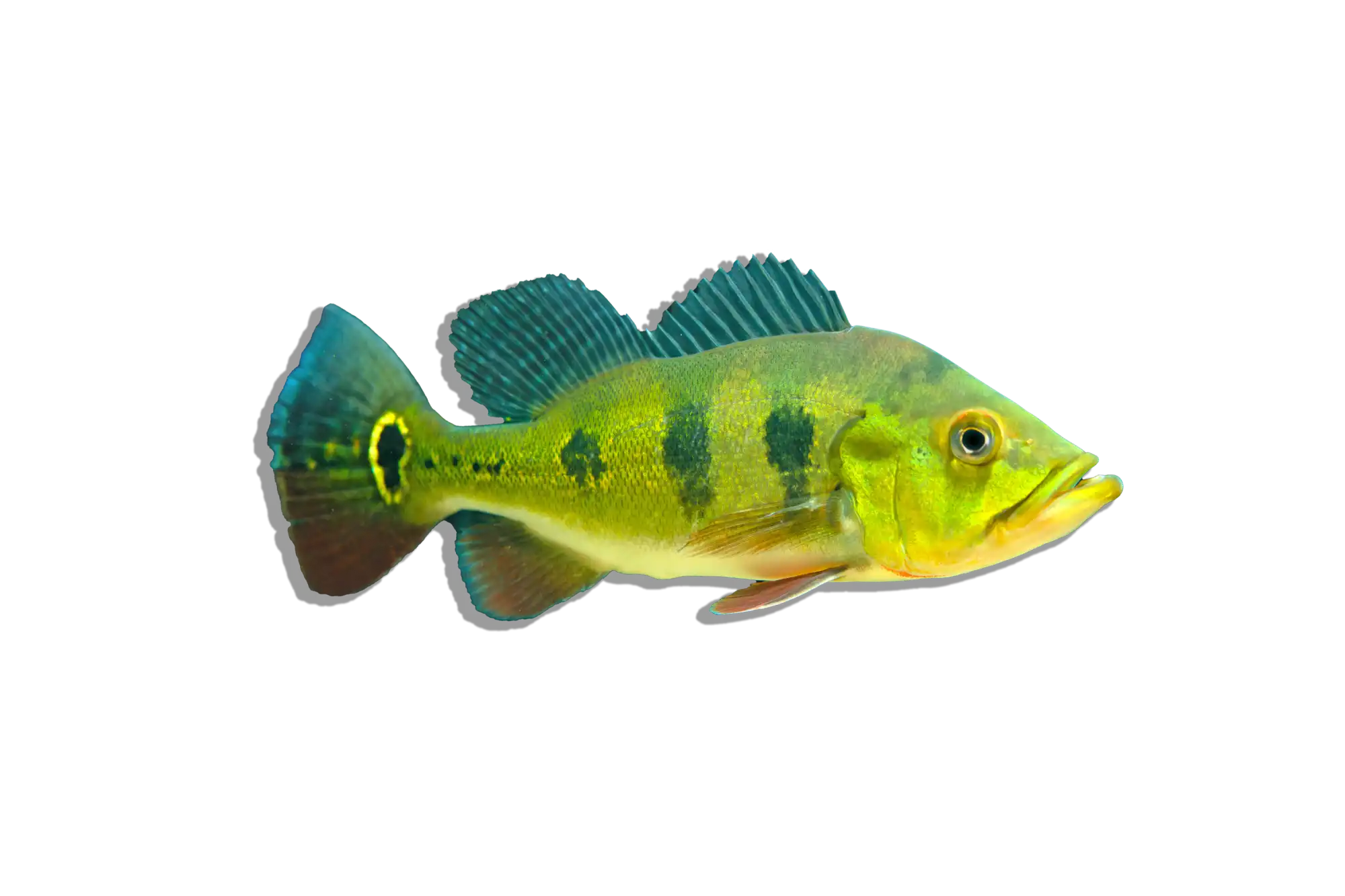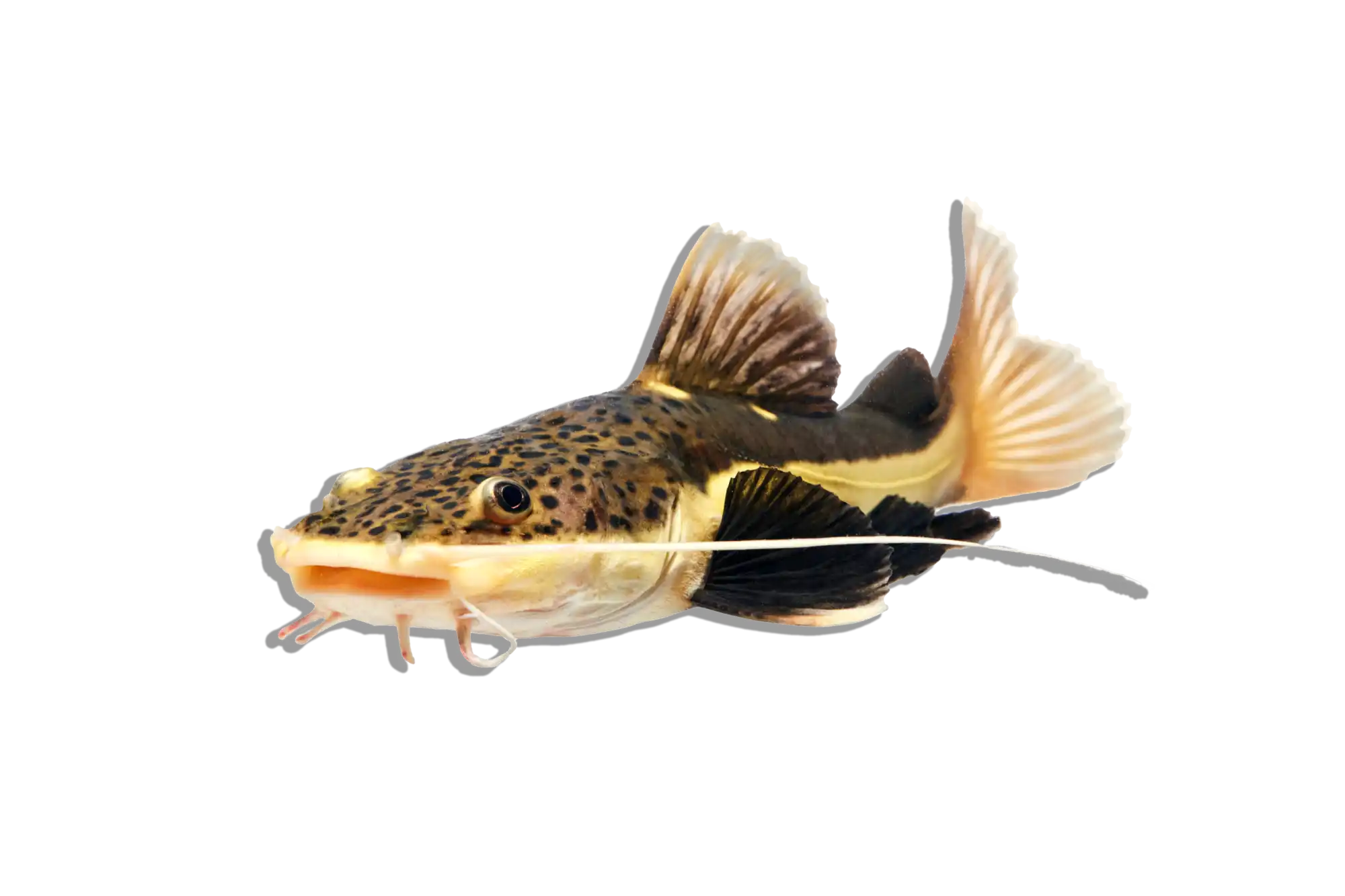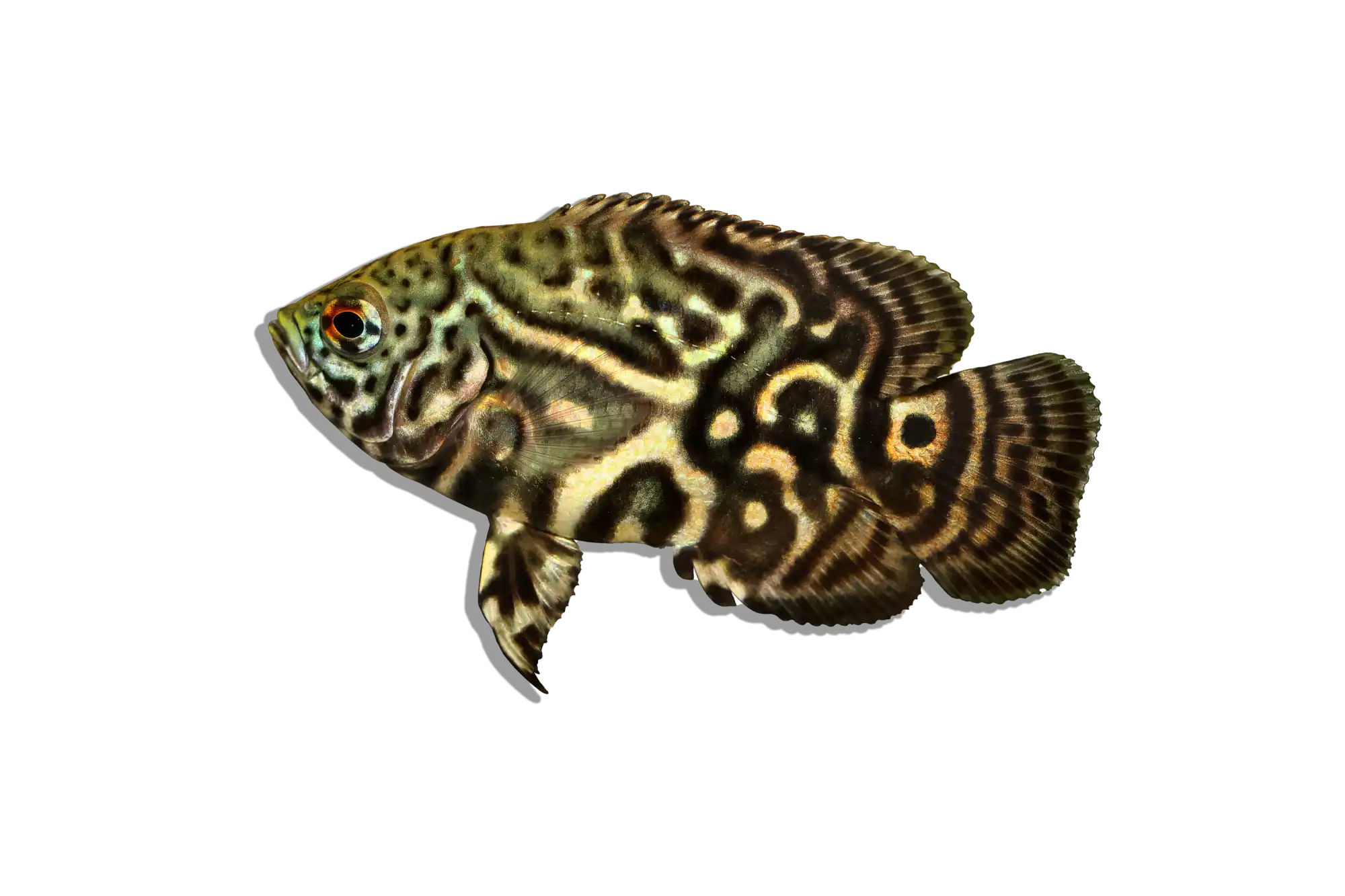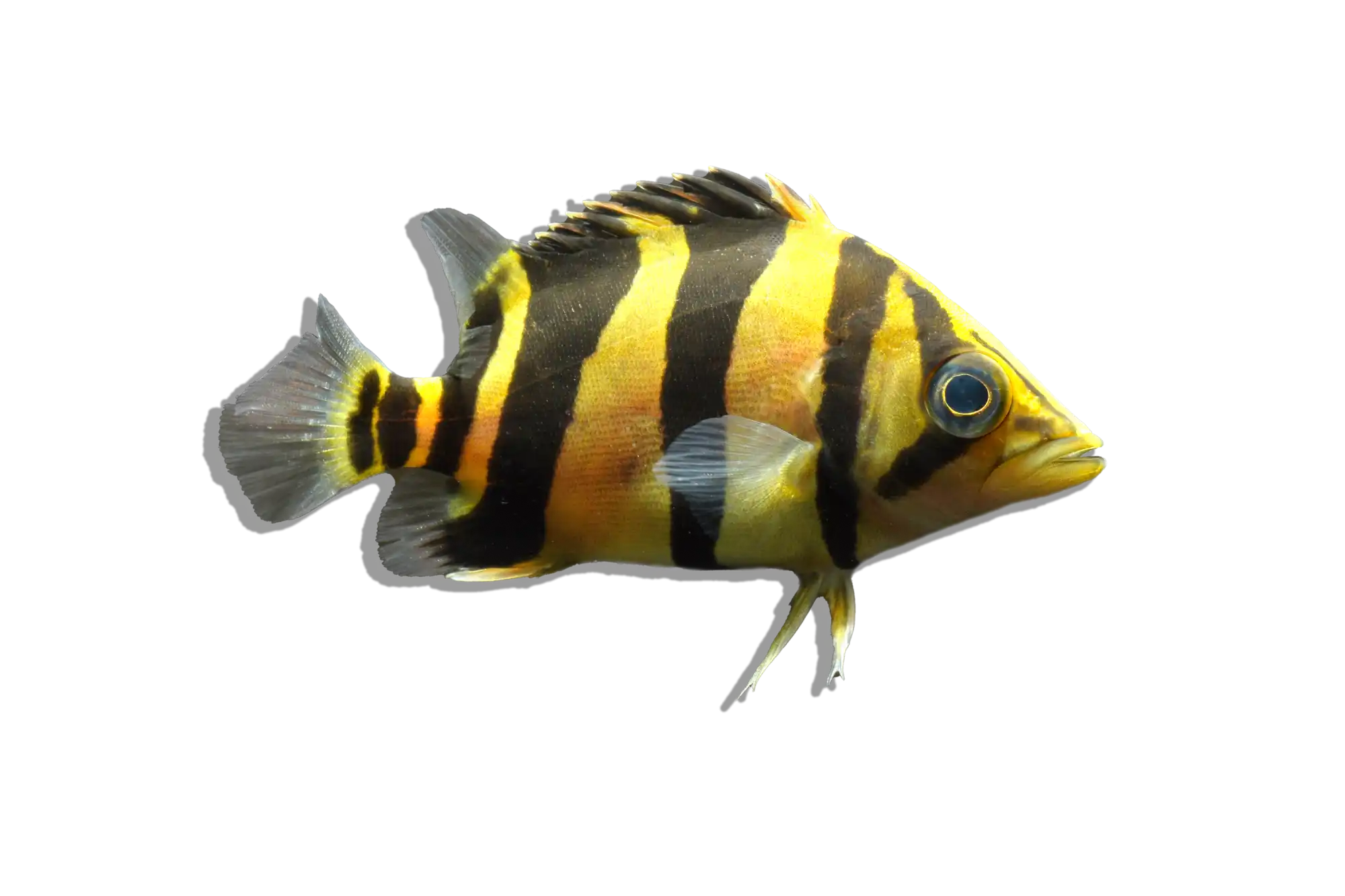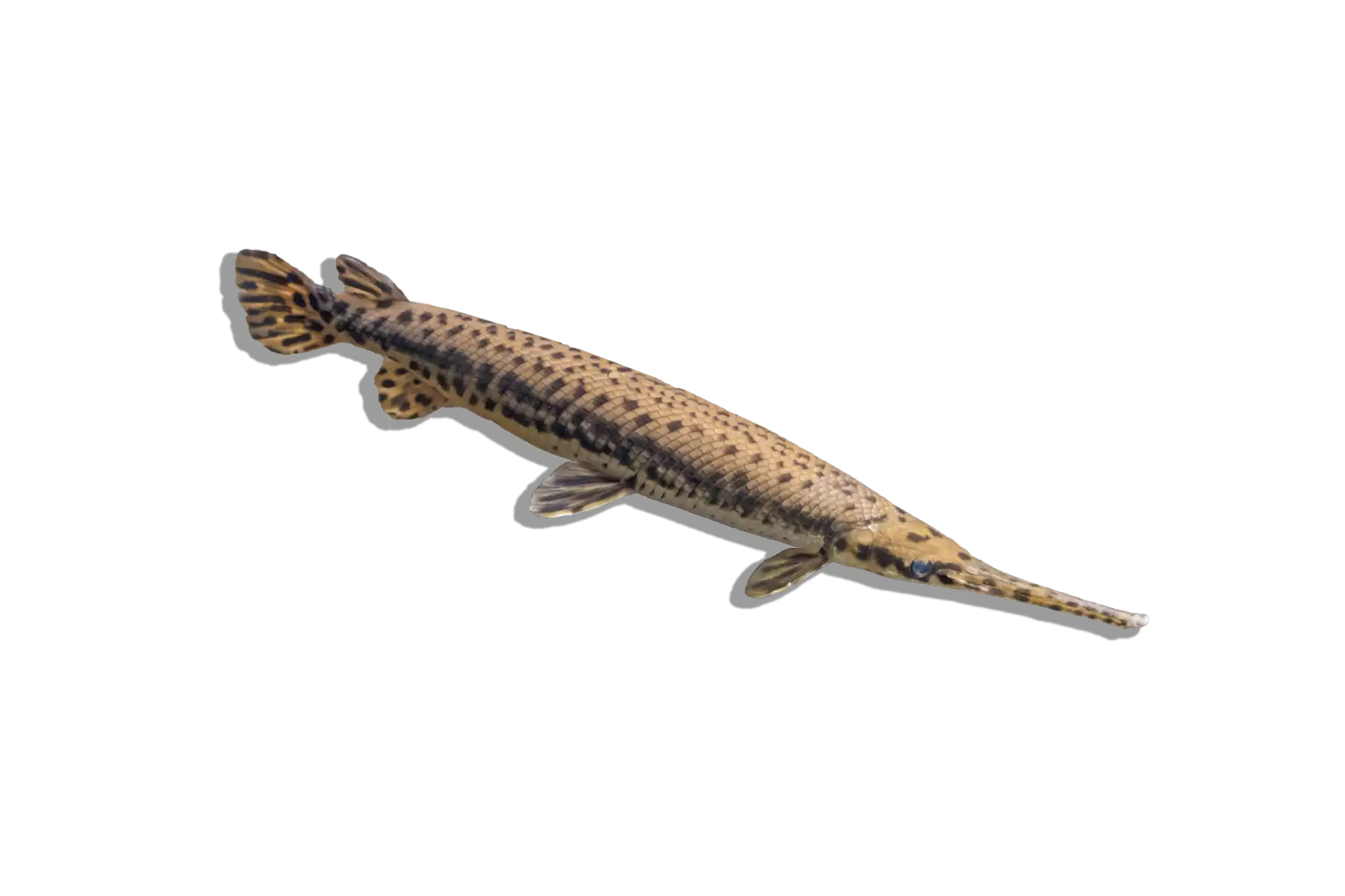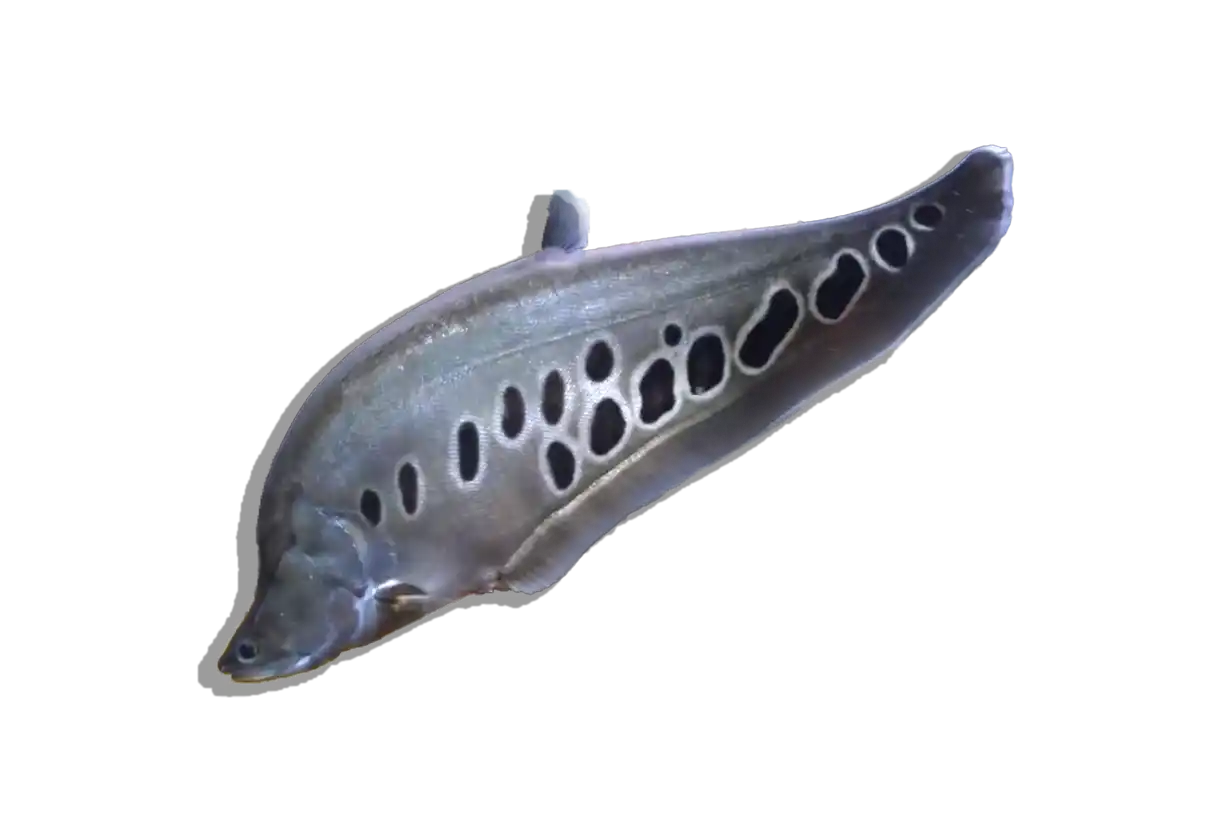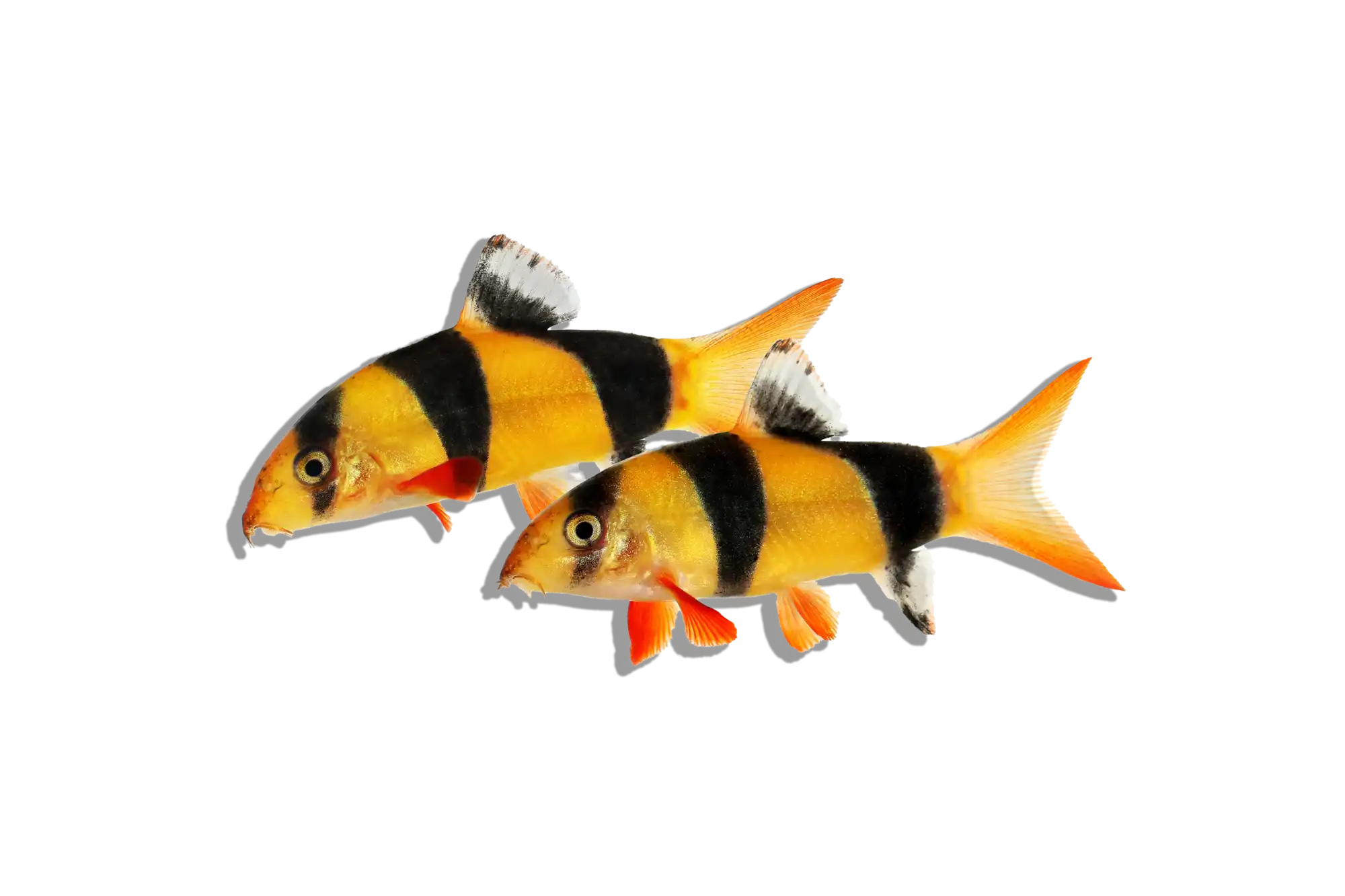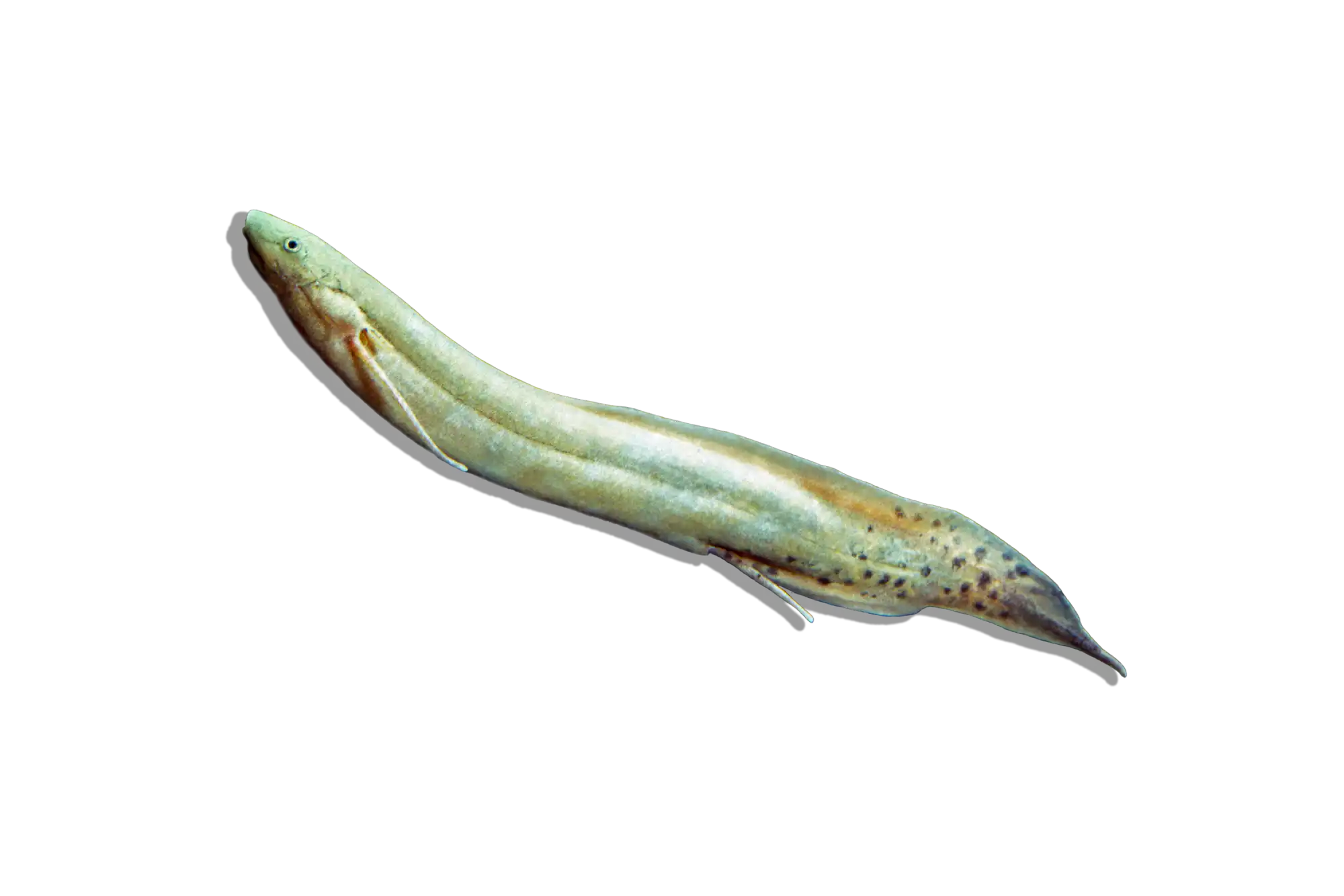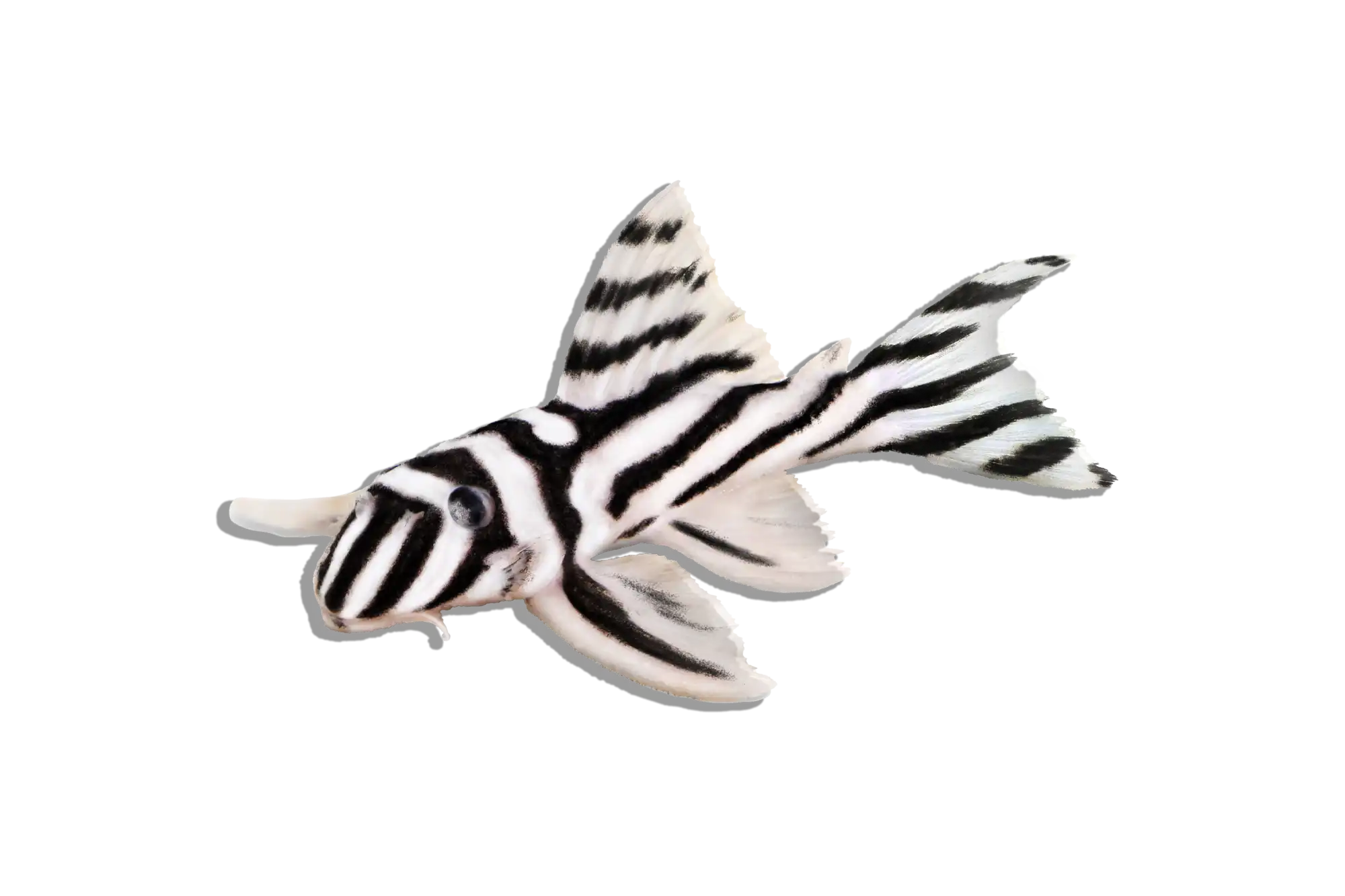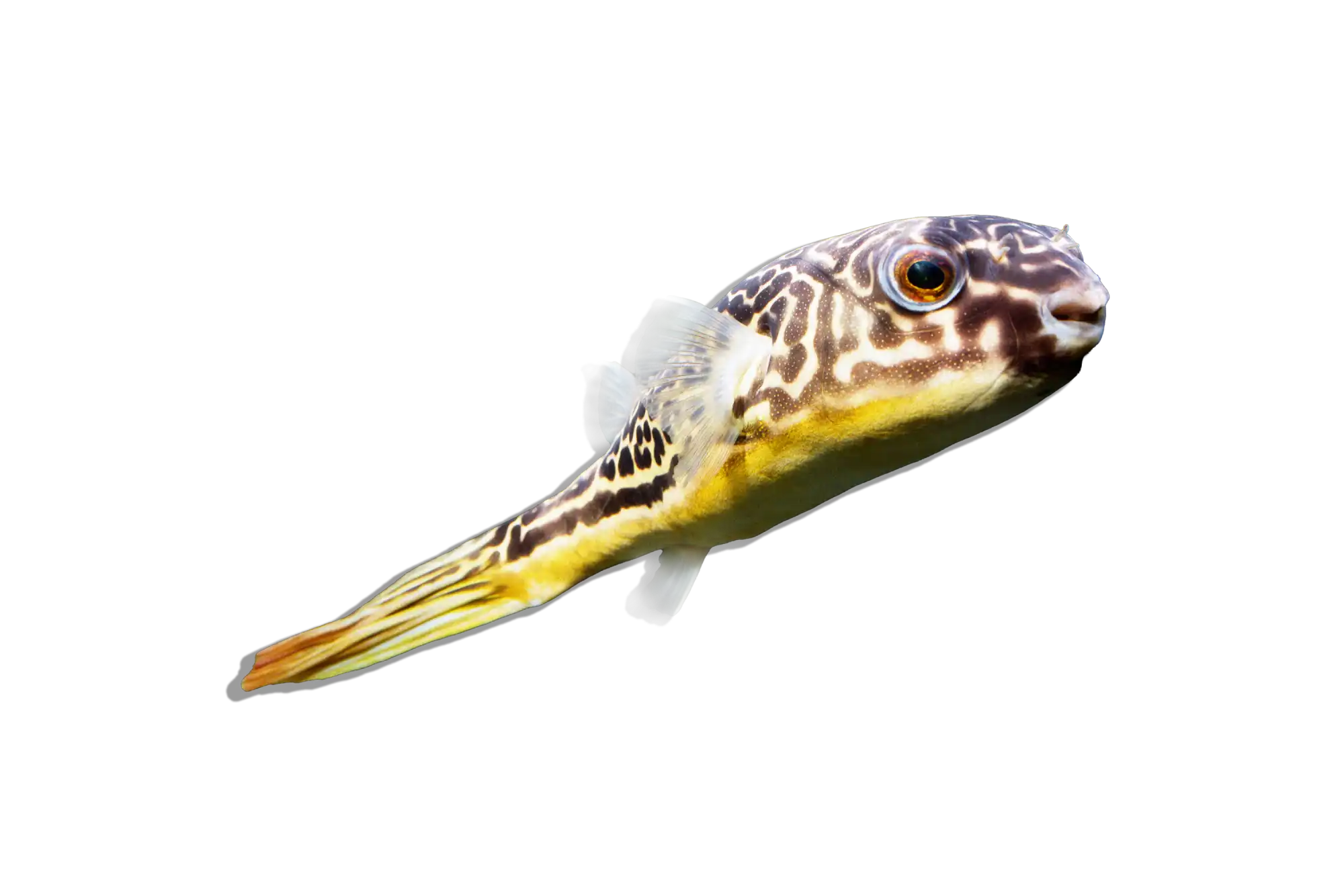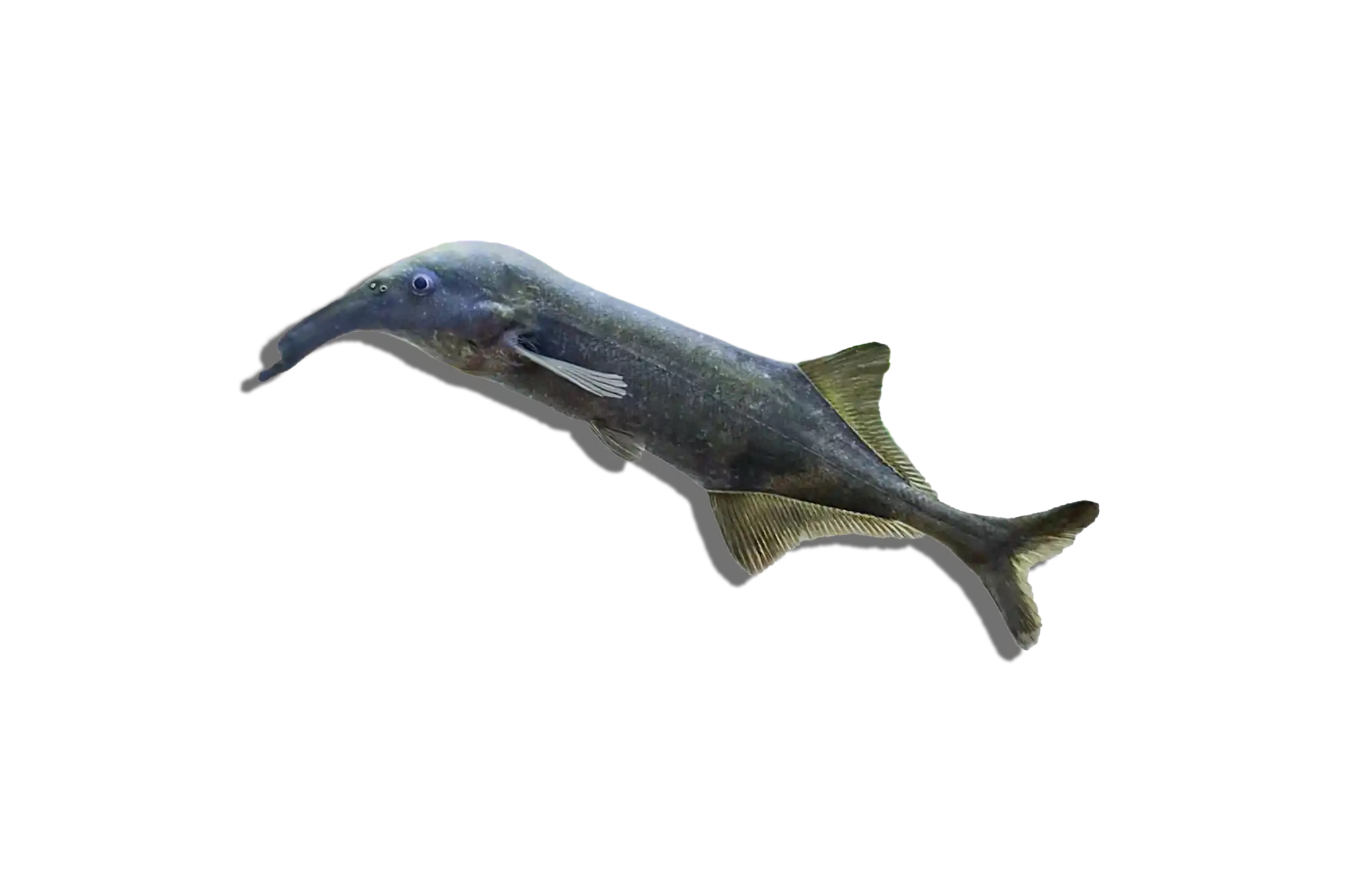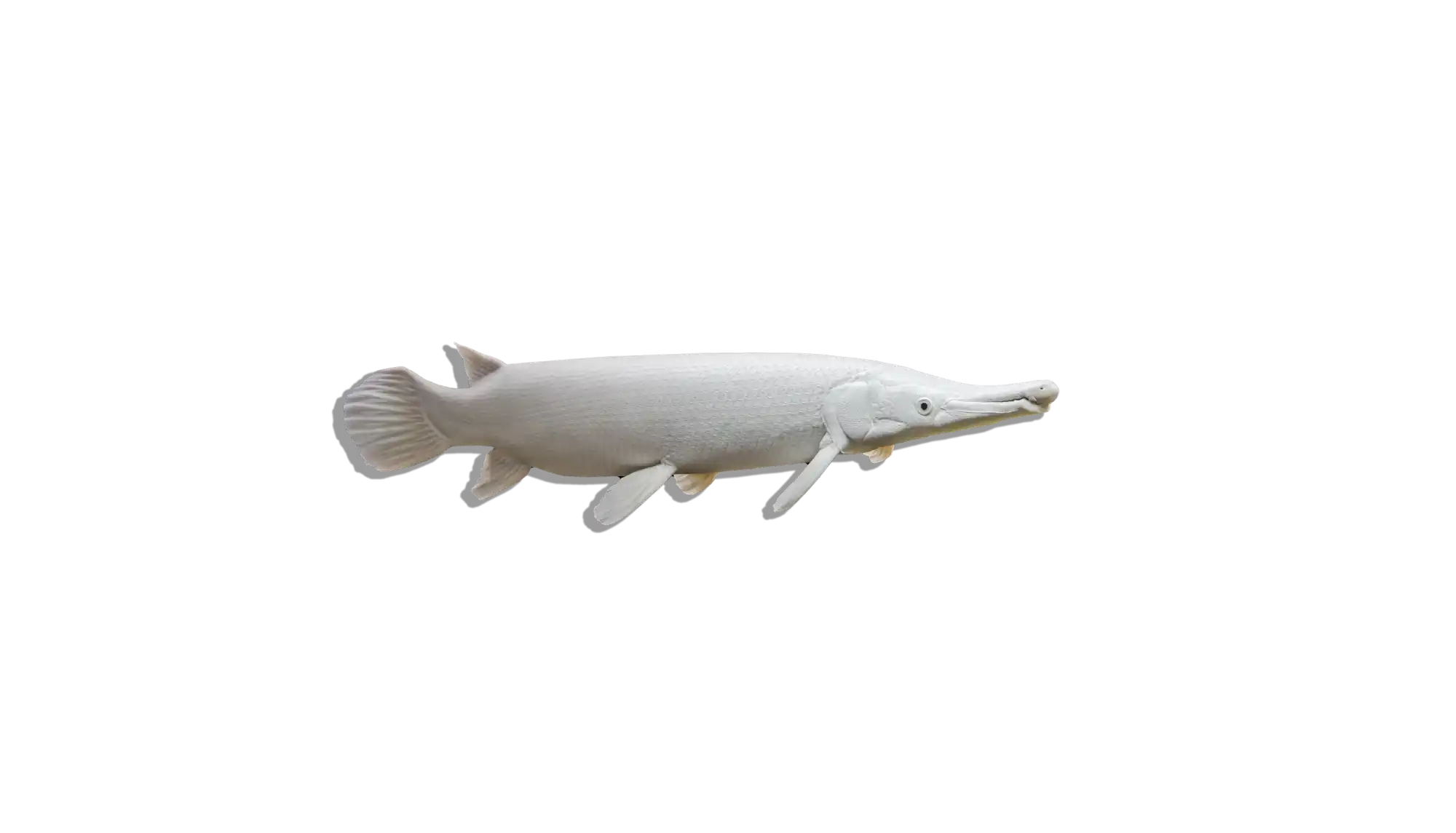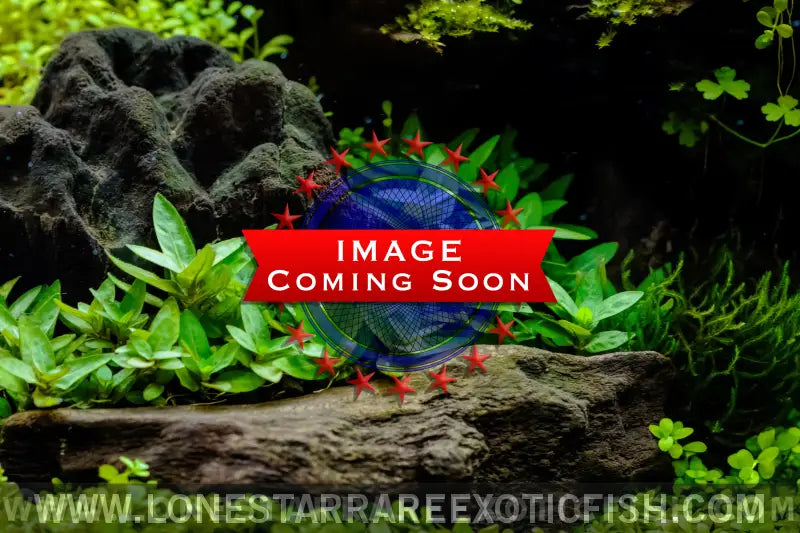Description
Common Name: Red Compressiceps Cichlid
Scientific Name: Altolamprologus compressiceps ‘Bulu Point’
Other Names: Bulu Point Compressiceps, Red Fin Compressiceps
The Red Compressiceps Cichlid is a striking variant of Altolamprologus compressiceps known for its deep, laterally compressed body and vibrant red-orange hues, which are more pronounced in specimens from the Bulu Point region of Lake Tanganyika. This species is an ambush predator, using its laterally compressed body to slip between rocks and attack prey with precision. Its unique shape and intense coloration make it a highly sought-after species among Tanganyikan cichlid enthusiasts.
Habitat and Distribution:
Endemic to Lake Tanganyika, this variant originates specifically from the rocky shores of Bulu Point, Tanzania. It inhabits areas with abundant rock formations and crevices, which provide shelter and serve as hunting grounds. The water in its natural habitat is clear, alkaline, and rich in oxygen, with stable temperatures year-round.
Size and Lifespan:
Males grow up to 5 inches (12 cm), while females remain smaller at around 3.5 inches (9 cm). With proper care, they can live for 8-12 years.
Diet and Behavior:
The Red Compressiceps Cichlid is a carnivorous ambush predator that primarily feeds on small fish, crustaceans, and invertebrates in the wild. In captivity, they thrive on a diet of high-quality protein-based foods, including cichlid pellets, frozen or live bloodworms, blackworms, mysis shrimp, and finely chopped raw tilapia. They are territorial and can be aggressive toward similar-sized tank mates, especially during breeding, but they are generally more reserved than other aggressive cichlids.
Breeding and Reproduction:
Breeding Altolamprologus compressiceps is challenging but possible in captivity. They are cave spawners, with females selecting narrow rock crevices to lay eggs, which are then fertilized by the male. The female guards the eggs, while the male protects the surrounding territory. Fry hatch within 7-10 days and can be fed baby brine shrimp and finely crushed pellets.
Aquarium Care and Tank Requirements:
A minimum of 40 gallons is required for a single specimen, with a larger tank (55+ gallons) needed for a group. Their ideal tank setup includes a sandy substrate to mimic their natural environment, plenty of rock formations and caves for shelter, strong filtration with high oxygenation, and moderate water flow to replicate Lake Tanganyika’s conditions.
Ideal Tank Mates:
The Red Compressiceps Cichlid can coexist with other Tanganyikan cichlids that are similar in temperament. Suitable tank mates include Altolamprologus calvus, Neolamprologus species, Julidochromis species, and Cyprichromis species. Avoid housing them with overly aggressive or highly territorial cichlids that may provoke constant conflict.
Difficulty Level:
Intermediate. They require stable water parameters, a structured tank environment, and a high-protein diet to thrive.
Water Parameters:
- Temperature: 75-81°F (24-27°C)
- pH: 8.0-9.0
- General Hardness (GH): 10-20 dGH
- Carbonate Hardness (KH): 12-18 dKH
- Ammonia: 0 ppm
- Nitrite: 0 ppm
- Nitrate: <20 ppm (regular water changes required)
Additional Information:
- They prefer rocky setups with multiple hiding spots to reduce aggression.
- Due to their ambush-predator nature, they are less active swimmers than other cichlids.
- Their compressed body shape allows them to maneuver through narrow crevices, making them excellent cave dwellers.
The Red Compressiceps Cichlid is a beautiful, intelligent species that thrives in well-maintained Tanganyikan aquariums. With proper care and tank conditions, they can be a rewarding choice for cichlid enthusiasts.

